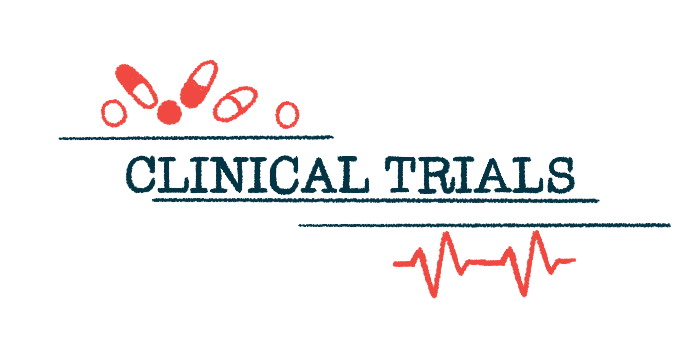INM-755 Found Safe in 5 Adults With EB, Trial Opens to Adolescents
Cannabinol cream is designed to reduce inflammation and increase keratin levels
Written by |

INM-755 was found to be safe in five adults with epidermolysis bullosa (EB) who were treated with the investigational cannabinol cream in a Phase 2 trial.
The safety data led an independent data monitoring committee to agree that it is safe to enroll adolescents, ages 12–17, in the trial. The first adolescent patient has been enrolled and completed treatment at a clinical site in Greece, the therapy’s developer, InMed Pharmaceuticals, announced.
The first adult patient was enrolled in December 2021, with nine patients enrolled to date. The inclusion of adolescents will help to speed the trial’s enrollment rate, InMed stated.
The trial (NCT04908215) is being conducted in seven countries — Austria, France, Germany, Greece, Italy, Spain, and Israel — with eight fully active sites and two more expected to be active soon. One previously planned site in Serbia will no longer be participating due to staffing issues associated with the COVID-19 pandemic.
“We are pleased that the initial safety data from InMed’s Phase 2 EB clinical trial has allowed the inclusion of adolescent patients,” Alexandra Mancini, senior vice president of clinical and regulatory affairs at InMed, said in a press release.
“With the inclusion of adolescents and increased number of patients available for screening, the target remains to complete enrollment of 20 patients in 2022,” Mancini added.
EB is a group of rare skin disorders marked by fragile skin prone to blistering and tearing. There is no cure for EB; current therapies focus on preventing blisters and treating skin wounds caused by the condition.
What is INM-755 designed to do?
INM-755 is designed to ease EB symptoms by reducing inflammation and increasing levels of the structural protein keratin in the skin. Its active ingredient is cannabinol, a molecule derived from the cannabis plant.
In preclinical studies, cannabinol reduced inflammation and pain markers, and increased production of a type of keratin protein, which InMed expects may benefit patients with EB simplex who have gene mutations that affect another type of keratin.
Two previous Phase 1 trials in healthy volunteers showed that two weeks of treatment was generally well-tolerated and did not interfere with skin healing in areas of open wounds.
The Phase 2 study is evaluating the safety and preliminary efficacy of INM-755 cream over a 28-day period in up to 20 people with any of the four inherited EB subtypes: EB simplex, dystrophic EB, junctional EB, and Kindler syndrome.
The study uses a within-patient design in which each patient will have matched skin areas, which may be wounded or non-wounded areas, randomly receiving INM-755 or a control cream with no active ingredient. Treatment will be administered every 1, 2 or 3 days for wounded areas and daily on non-wounded areas.
EB symptoms will be evaluated based on patient-reported outcomes and wound healing measured by digital photography. As the study is intended to obtain preliminary efficacy evidence, there is no single primary efficacy goal.
Instead, such outcome measures will vary according to a patient’s symptoms and may include changes in symptoms including open wounds, wound pain during dressing changes and other times, wound itching, and itching in non-wounded areas. Each person’s net benefit from INM-755 will be evaluated based on their clinical needs determined at the study’s start.
Recently, InMed was granted a patent for the use of topical cannabinol in people with EB simplex in Japan. The company plans to continue to file similar applications in Europe and the U.S.







